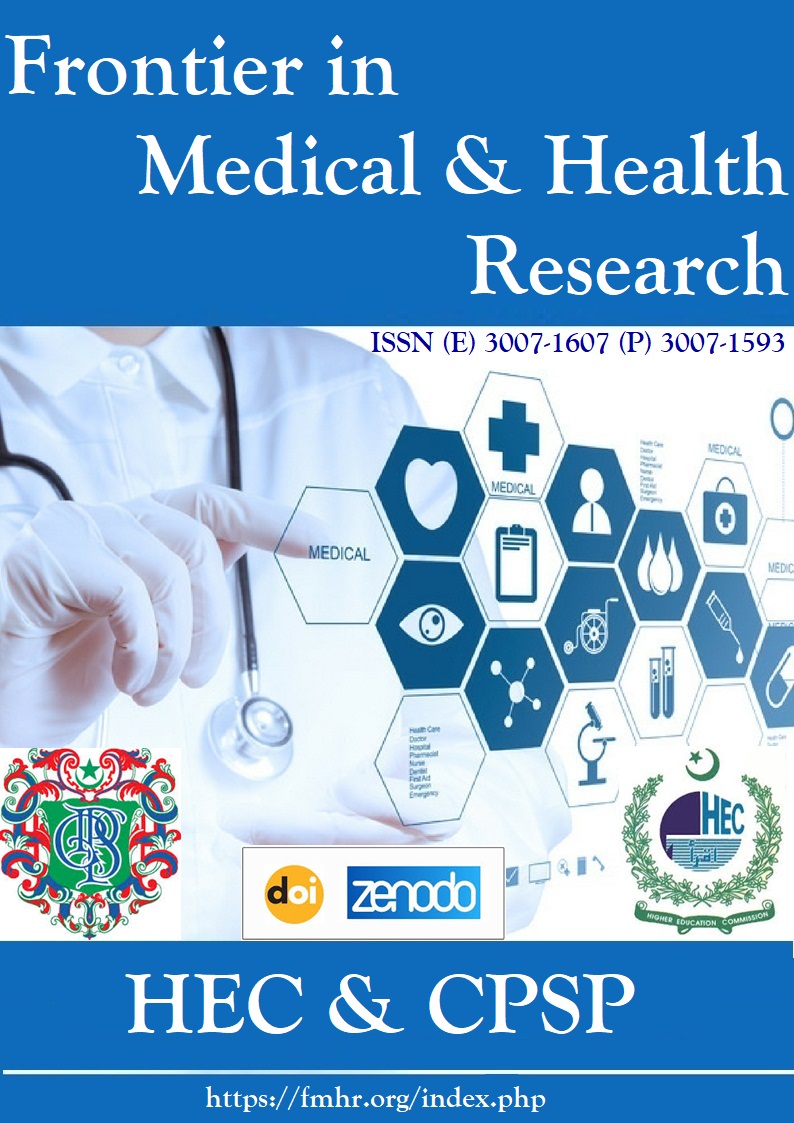Abstract
OBJECTIVE
To compare the prevalence of excellent, good and poor treatment response among melasma patients treated with 2.3% diclofenac gel versus 20% azelaic acid cream.
METHODOLOGY
This prospective comparative study was conducted at JPMC, Karachi, from September 2024 to March 2025, taking a period of six months. Individuals aged 18 to 50 years, possessing a prior clinical diagnosis of melasma, were subjected to a random allocation into two distinct treatment cohorts as delineated: Group (2.3% diclofenac gel) and Group (20% azelaic acid cream), administered bi-daily. Treatment effectiveness was measured by the MASI score reduction for 12 weeks. Statistical Data was analyzed by SPSS ver. 26 and significance was taken at p ≤ 0.05.
RESULTS
The investigation encompassed a cohort of 240 subjects (comprising 82.5% females; average age: 33.69 ± 7.93 years). In terms of treatment efficacy, 47 participants (39.2%) in the diclofenac gel group and 46 participants (38.3%) in the azelaic acid group showed an effective response (p=0.895).
CONCLUSION
In the current study, it was revealed that 2.3% diclofenac gel and 20% azelaic acid cream have similar efficacy in the melasma treatment without significant difference (P > 0.05). In settings with limited access to standard therapeutic agents, diclofenac may be a reasonable alternative.
